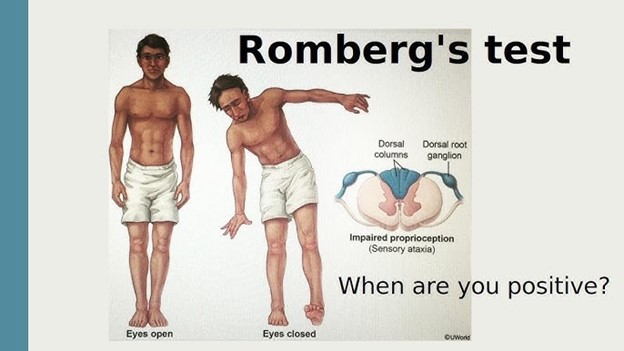A nurse is reinforcing teaching about carbohydrate counting with a client who has a new diagnosis of diabetes mellitus. Which of the following actions should the nurse take first?
Use pictures of different food groups to help the client plan a daily menu.
Ask the client what they already know about meal planning.
Give the client a brochure with sample menus for all meals.
Involve the family in the discussion of the client's meal plan.
The Correct Answer is B
The correct answer is choice B: Ask the client what they already know about meal planning.
Choice A rationale:
Using pictures of different food groups can be helpful in teaching about carbohydrate counting, but it's important to assess the client's current knowledge and understanding before introducing new information. Starting with this approach might overwhelm the client or duplicate information they already possess.
Choice B rationale:
This is the correct choice. Before providing education, it's crucial to assess the client's baseline knowledge. By asking the client what they already know about meal planning, the nurse can tailor the teaching plan to fill in any gaps and avoid presenting redundant information. This approach respects the client's current understanding and focuses on addressing their specific needs.
Choice C rationale:
Giving the client a brochure with sample menus can be helpful once the nurse has assessed the client's knowledge and educational needs. However, providing the brochure as the first action might not be effective if the client already has some understanding of meal planning or if the brochure does not address the client's specific questions.
Choice D rationale:
Involving the family in the discussion of the client's meal plan is important for long-term support, but it shouldn't be the first action. First, the nurse should ensure that the client's own understanding and preferences are addressed before considering input from family members.
Nursing Test Bank
Naxlex Comprehensive Predictor Exams
Related Questions
Correct Answer is B
Explanation
The correct answer is choice B: A client who has measles.
Choice A rationale:
Airborne precautions are indicated for diseases that spread via small particles suspended in the air, such as droplets or dust particles that remain in the air for prolonged periods. Pneumonia is primarily spread through larger respiratory droplets and is not considered an airborne disease. Therefore, airborne precautions are not necessary for a client with pneumonia.
Choice B rationale:
Measles is a highly contagious airborne disease caused by the measles virus. It is transmitted through respiratory droplets and can remain in the air for an extended period. Initiating airborne precautions, such as wearing an N95 respirator mask and placing the client in a negative pressure isolation room, is crucial to prevent the spread of measles to healthcare workers and other patients.
Choice C rationale:
Pertussis (whooping cough) is primarily spread through respiratory droplets, similar to pneumonia. While it is a serious bacterial infection, it is not classified as an airborne disease. Thus, airborne precautions are not required for a client with pertussis.
Choice D rationale:
Methicillin-resistant Staphylococcus aureus (MRSA) is mainly spread through direct contact with contaminated surfaces or individuals. Airborne precautions are not necessary for MRSA, as it is not transmitted through the air. Standard precautions, including wearing gloves and gowns, are typically sufficient when caring for a client with MRSA.
Correct Answer is A
Explanation
The correct answer is choice A: "Stand with your feet together and your arms at your sides."
Choice A rationale:
This statement is correct. The nurse should instruct the client to stand with their feet together and their arms at their sides for a Romberg test. This position helps to assess the client's ability to maintain balance with minimal sensory input, evaluating their proprioception and vestibular function.

Choice B rationale:
The instruction about the tuning fork is unrelated to the Romberg test. The tuning fork is commonly used to assess hearing and vibratory sensations, not balance.
Choice C rationale:
This statement is unrelated to the Romberg test. Mentioning the lateral side of the foot suggests a neurological examination related to assessing reflexes, such as the Babinski reflex.
Choice D rationale:
This instruction pertains to a different test known as the "finger-to-nose" test, which is used to assess coordination, not balance.
Whether you are a student looking to ace your exams or a practicing nurse seeking to enhance your expertise , our nursing education contents will empower you with the confidence and competence to make a difference in the lives of patients and become a respected leader in the healthcare field.
Visit Naxlex, invest in your future and unlock endless possibilities with our unparalleled nursing education contents today
Report Wrong Answer on the Current Question
Do you disagree with the answer? If yes, what is your expected answer? Explain.
Kindly be descriptive with the issue you are facing.
